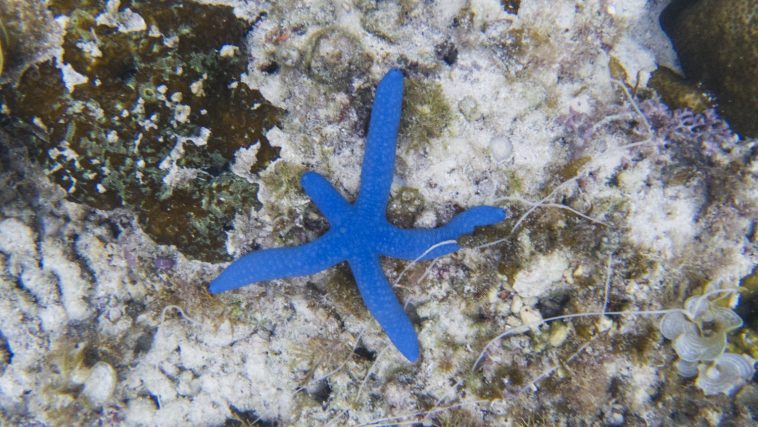[Originally published as Regeneration: Not By Chance]
In a recent paper in the journal Nature, scientists reported finding that alligators have the ability to grow short sections of their tails back if they lose them for any reason. The ability appears to be present only in young alligators.
This got me thinking about the process of regeneration as a whole and how evolution could possibly explain such a feat.
Before discussing regenerating limbs as a whole, it would behoove us to discuss how it works in alligators. The researchers used juvenile alligators that were wild-caught for their comparison. Three of the alligators had lost at least part of their tail, while the fourth, the control, had a normal tail to compare them with. The regrown tail could be up to eight inches long. However, it differed strongly from the control tail. The regrown tail did not feature normal tail vertebrae or skeletal muscle. Instead, the regrown “tail” was composed of mostly collagen fibers. In other words, the regrown “tail” was not really a tail at all. It was a mass of scar tissue.
Regeneration is not an issue I had previously given a ton of thought to. However, given what the study revealed about alligators regenerating a scar mass rather than a tail, I decided to look into it. Turns out, regeneration is an incredibly broad word in biology. Humans regenerate new cells, while sea stars can regenerate whole body parts. The difference is that humans are limited on how much they can regenerate while sea stars can regenerate their entire body from their central disk. This full-scale regeneration is called “tissue regeneration.” Many animals without backbones can regenerate much, if not all, of their body.
This background information leads to the question of how we got regeneration in the first place. Cellular regeneration would have had to happen first because tissues are made of cells. However, getting cells to regenerate is no easy task. Cells must be able to replicate and produce the replacement cells.
However, this raises more problems.
How would a cell evolve the ability to replicate? It makes sense in the evolutionary scenario that cells would want to produce new cells. However, ideally, those cells should want to produce free-living cells. This brings up the origin of multicellularity. Why would multicellularity evolve when the goal of evolution is to pass on an organism’s genes?
The evolutionary argument would be that multicellularity was beneficial to the cells. They would gain community and safety while sacrificing reproductive gain. However, this makes no sense if the only goal of life is producing offspring because the original cells would not necessarily have shared the same genes.
However, presuming we grant that somehow multicellular life could evolve, we are still left with the problem of getting tissue regeneration.
It makes some sense that some structures could be beneficial to be able to regenerate. For example, given how much alligators use their tail, it would make sense for the gators to regenerate them. However, the gators do not actually regenerate their tail. Yet segmented worms, which do not need every segment to live, are able to regenerate their segments.
This raises some interesting problems.
Why do some traits get regenerated while others do not? The evolutionists now have a quandary.
- He can appeal to fitness, but that answer does not work because a gator with a fully regenerated tail would be expected to be more fit than one with the collagen scar tissue as a replacement. So obviously fitness is not the sole answer.
- They might argue that convergent evolution explains regeneration. The problem is that convergent evolution is a post hoc appeal to a phylogeny. You cannot support evolution by means of a post hoc appeal to a phylogeny, which is merely an approximation according to evolutionists anyway.
Regeneration is a problem.
From a creationist perspective, regeneration makes perfect sense. God knew man would sin, bringing suffering, pain, and death to creation, including animal predation. Thus some animals were pre-built with the ability to regenerate their body parts. As such, regeneration makes perfect sense in light of a biblical worldview. As it is most likely that alligators, gavials, crocodiles, and other crocodilians are the same kind, I would expect that at least some of them have the same ability the alligators do. However, in some of them, the genes for regeneration may have been broken or lost due to genetic entropy.






